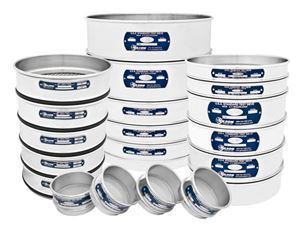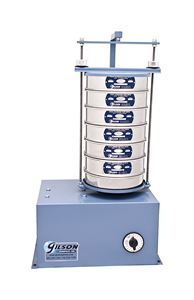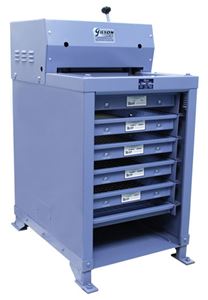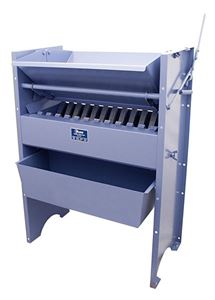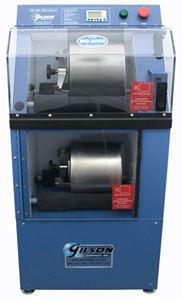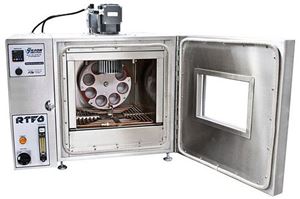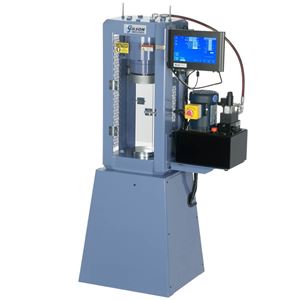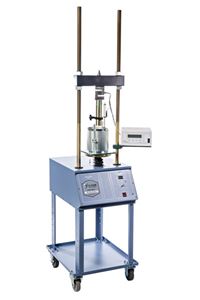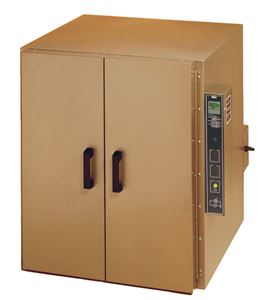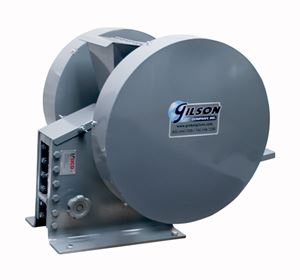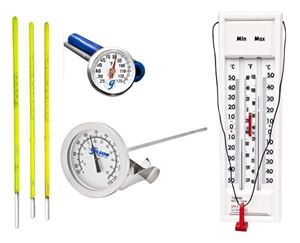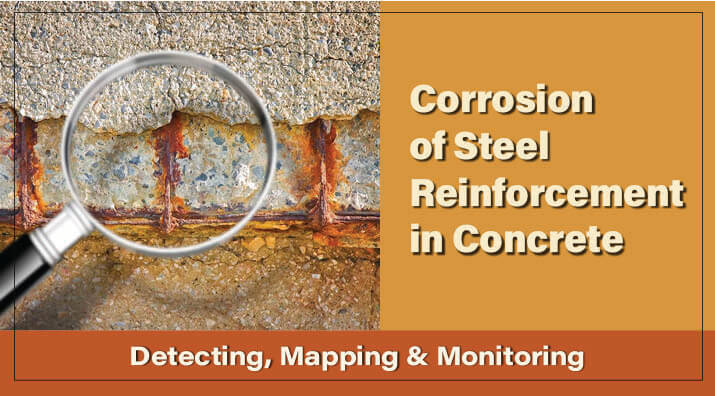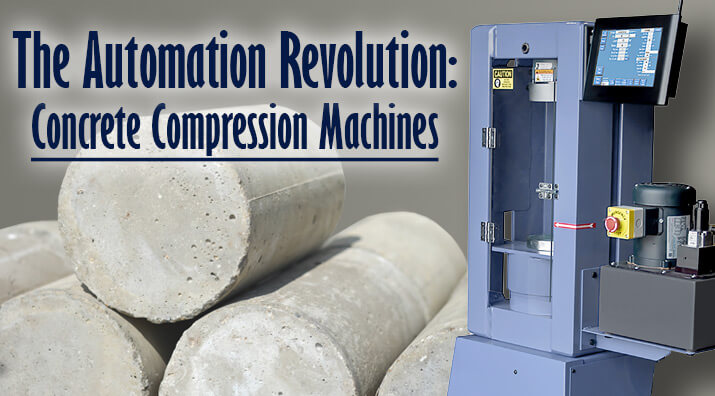Although Alkali-Silica Reactivity (ASR) has created problems in concrete mixtures for centuries, the mechanism was not understood and documented until the mid-1930s. ASR is now recognized as a significant cause of concrete deterioration anywhere in the world where siliceous aggregates are found. In this blog article, we discuss what ASR is, the effect it has on concrete, prevention, and the equipment to use for testing.
- Log in
- Favorites List
-
Shopping Cart
You have no items in your shopping cart.
Gilson Insights
Have questions about your materials testing equipment? We have the answers to these questions and much more right here! Check back monthly for long-form blog posts, how-to guides and infographics. We’ll address industry insights, the operation and maintenance of specific equipment, and our product line recommendations, all designed to better serve you.
Bookmark this page, add it to your RSS reader, or subscribe to our newsletter, so you never miss a hot topic.
Some test methods must be performed on the spot to ensure that the best products are being produced or placed following specified procedures. Portable weighing devices are especially important to operate accurately and conveniently in remote locations. In this blog post, we’ll discuss what to look for when choosing one.
The corrosion of reinforcing steel is a significant and preventable problem that shortens the useful lifespan of concrete structures. The mechanisms for its development and how it eventually damages the concrete structures it was designed to protect have been well-known for over 100 years. Similar to progressive disease, early detection and monitoring are the most effective strategies to minimize problems. Fortunately, innovative nondestructive instruments are making it easier and more efficient to find, follow, and repair corrosion before extensive damage occurs.
Testing the properties of hardened concrete is central to evaluating a structure, whether it is decades old or still under construction. In-place testing of concrete is a significant part of assessing an existing structure's safety and physical condition for routine maintenance before modifications. This blog post will discuss in-place and nondestructive methods and equipment to measure concrete strength.
Ground Penetrating Radar (GPR) is a powerful tool for the nondestructive testing and evaluation of reinforced concrete. Next-generation refinements featured on these versatile new models from Gilson simplify the location and mapping of reinforcing steel bars, tendons, and other embedments while assessing homogeneity, measuring thickness, and detecting cracks, voids, and other discontinuities. GPR units connect wirelessly to Apple iPad® tablets for potent computing power, live 3D and Augmented Reality (AR) rendering, high-resolution display, and fast, easy upgrades. Encrypted Wi-Fi connection stores data in the cloud for instant sharing and collaboration.
Automatic concrete compression machines are here to stay and they promise to revolutionize concrete testing. Programmable loading and load rates, break detection, and data handling ensure full compliance to selectable test specifications, more accurate results, and all but eliminate human error. Less operator input means more tests completed in less time.
This blog post provides insight into test methods and testing equipment for use in concrete resistivity testing. We discuss the use of the Proceq Resipod Concrete Resistivity Meter for surface resistivity and how to perform bulk resistivity.
The amount, type, location, and movement of moisture in a concrete slab need to be clearly understood to avoid problems when placing a flooring system over it. In this blog, we take a look at the various methods and equipment to use for testing concrete for moisture.
This blog post will focus on the core drilling method and the core sampling equipment. We discuss why and how core samples are taken from asphalt and concrete. Lastly, we touch on some of the different lab tests performed.
In this month's blog post we will focus on standard-cure cylinders made for compressive strength acceptance testing. Including the importance of cylinder testing, a quick guide on the procedure, and the equipment needed in the field and lab.
- 2025
- 2024
- 2023
- 2022
- 2021
- 2020
- 2019
- 2018
- 2017
- 2016
- 2015

